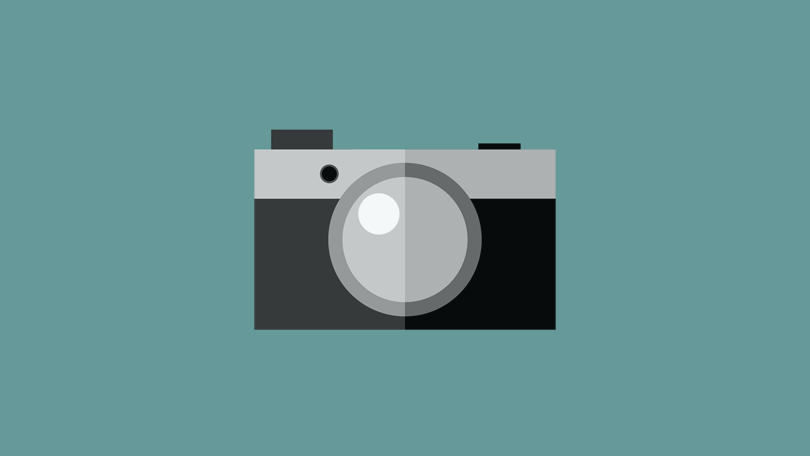Trichotillomania is a mental disorder that involves an irresistible urge to pull hair. This behavior occurs up to the point of hair loss. The most common areas for hair pulling is the scalp, eyelashes, and eyebrows but may involve hair anywhere on the body.
Trichotillomania is a type of impulse control disorder. Impulse control disorder is a mental illness that involves a repeated failure to resist an impulse, or urge, to act in a dangerous way. People with this disorder know that they can hurt themselves or others by acting on impulse, but they can not stop themselves.
In children, trichotillomania occurs in men and women. In adults, it is more common in women than in men.
Signs and symptoms
A person with trichotillomania can not control or resist the urge to pull the hair on his body. Other symptoms that may occur with this disorder include:
Sense of tension before pulling the hair or when attempting to resist the urge to pull hair.
A feeling of relief, gratification, and / or pleasure after pulling hair.
The emergence of the field where the hair had been pulled out
The emergence of other related behaviors such as checking the hair root, twirling hair, pull hair between the teeth, chewing on hair, or hair eating (called trichophagia)
Many people who have trichotillomania try to deny that they have a problem and may try to hide their hair loss by wearing a hat, scarf and fake eyelashes and eyebrows.
Cause
Trichotillomania exact cause is unknown, but it appears to involve the biological and behavioral factors. Research has found a potential link between impulse control disorders, such as trichotillomania, and certain brain chemicals called neurotransmitters. Neurotransmitters help nerve cells in the brain send messages to each other. The imbalance of these chemicals can affect how the brain controls impulses. It is also believed that stress can trigger impulsive behavior, and that some people continue to behave out of habit.
In some cases, people with trichotillomania also have other disorders such as depression or anxiety. This suggests that there may be a connection between certain diseases and the development of trichotillomania. In addition, the risk of developing trichotillomania slightly higher in people who have relatives with the same disorder, showed a tendency to be inherited disorder.
Treatment
The main treatment for trichotillomania is a type of behavior therapy called habit reversal training. With this approach, people with trichotillomania learn to identify when and where he had the urge to pull hair. It also teaches relaxation techniques as a way to alleviate some of the tension associated with the impulse.
Some therapists also use cognitive therapy as a way to overcome any distorted thinking that may add to the stress that triggers the behavior.
In addition, medications can be used as part of a treatment program. A type of antidepressant called selective serotonin reuptake inhibitors (SSRIs) may be useful in helping to curb the urge very intense.



